CBD seems to be in everything these days — oils, lotions, drinks, gummies, sprays, supplements, even puppy tinctures and mascara. Why? Well, CBD enthusiasts report pain relief, less anxiety, greater relaxation, better sleep, reduced inflammation, and so much more. Sounds promising. But is it?
While preliminary research is indeed promising, there is yet to be conclusive evidence about the safety and effectiveness of CBD with more research needed (and is in the works).
In the meantime, anecdotal evidence claimed by users are spurring a frenzy of products being introduced on the market. And with little established regulation or education about the products being touted as miracle cures, consumers are left confused (at best) or ingesting dangerous substances (at worst).
Here’s the complete guide you need when considering using CBD for neuropathy.
1. Get Familiar with Cannabis
Cannabis is the plant also known as marijuana and hemp.
It’s a common misconception that “marijuana” and “hemp” are two different species of plant. But in fact, they’re not distinct species at all (1). They’re just two different cannabis plants in the same Cannabaceae family.
The plants are given the terms to differentiate the content of tetrahydrocannabinol (THC).
THC is one of over 100 cannabinoids, or natural chemicals, found in the cannabis plant. It’s the one that’s primarily responsible for the psychoactive “high” associated with cannabis (2).
While some cannabis is bred for its high-THC psychoactive potential and known as marijuana plants, other cannabis is bred for low-THC content and known as hemp plants.
Legally, “marijuana” refers to cannabis that has more than 0.3% THC. “Hemp” refers to cannabis that has less than 0.3% THC. Because the THC level in hemp is so low, it’s unlikely to cause a high.
Cannabidiol (CBD) is another cannabinoid, but has no psychoactive properties and is gaining attention for its potential health benefits.
These qualities make CBD an appealing option for those who are looking for relief from symptoms and complaints without the mind-altering effects of THC found in marijuana or certain pharmaceutical drugs.
While marijuana is not federally legal, leaving legalization to individual states, with the passing of the U.S. Agriculture Improvement Act of 2018, also known as the 2018 Farm Bill, hemp agriculture and products became federally legal in all 50 states.
Broad legalization has prompted the rapid acceleration of hemp-derived CBD products.
2. Know the Warnings for Using CBD
A research review from Mayo Clinic, one of the country’s leading medical centers, warns there’s still a lot to learn about CBD.
The big takeaway from the review is that no one knows exactly how effective or safe CBD really is. The researchers argue that more research on humans is needed to confirm many of the health claims made on the packaging of products containing CBD.
“I think it’s really too early to just try anything that you get at the gas station,” Karen Mauck, M.D., co-author of the Mayo Clinic Proceedings journal and internist at the Mayo Clinic.
One of the concerns is that there may be other unrecognized substances in CBD products. No rigorous safety studies have been done on “full spectrum” CBD oils, which contain a variety of compounds found in the hemp plant and not just CBD.

“Because CBD is not controlled, basically, it’s anybody’s guess what can be in these. And so they can claim that it’s 30% cannabidiol and otherwise pure. But if it’s not independently tested, it may have other pesticides, toxins, and heavy metals,” Mauck says.
It’s hard to know exactly what you’re getting. A 2017 review of 84 CBD products published in the highly regarded medical journal, JAMA, found that only a third of the products accurately labeled CBD and THC levels: most over-labeled CBD and under-labeled THC (3).
In addition to THC and unrecognized cannabis substances, consumers also need to be concerned about whether CBD products have contaminants.
That’s because cannabis plants readily absorb heavy metals, pesticides, and other potentially harmful chemicals that may be in the soil or water, says Kyle Boyar, a cannabis scientist at Medicinal Genomics, a company that develops tests that help labs comply with state rules.
To protect against that risk, cannabis plants should be tested frequently while they are growing, and finished products should be tested as well, Boyar says.
3. Look for Independent Test Results
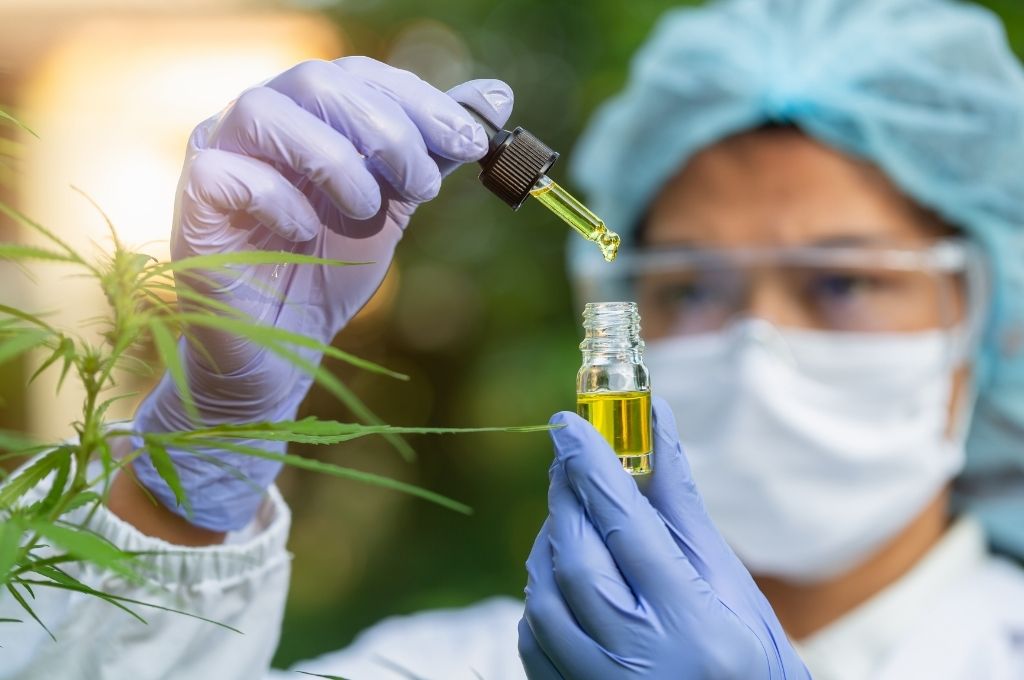
With the current non-regulated state of cannabis, manufacturers can slap labels on their products and sell them under any pretenses. The last thing you want to do is spend money on a CBD product that doesn’t contain any CBD or that is full of dangerous substances.
This is where independent third party lab testing is helping consumers find their way through the muddy waters.
Reputable brands are dedicating considerable funds to testing their products with independent labs for a neutral examination of cannabis products.
Know what you are buying and ingesting. Stick with transparent brands who do independent testing and provide the results openly to consumers. These results usually can be found on brand websites.
Results can be a little confusing, so here is a quick list of what to look for.
THC Content
You’ll want to ensure the product contains less than 0.3% THC, which is the amount that’s legal for hemp and cannabis-derived CBD products in the U.S. Anything more might not only be illegal in your state, but may also affect a drug test and impair cognition.
Contaminants
Watch for contamination of products that are both dangerous and may counter your desired results.
- Chemical residues: such as pesticides and fungicides
- Residual solvents: these are used in manufacturing, including benzene, methanol and ethanol
- Microbials: like bacteria, fungus and mold
- Mycotoxins: including aflatoxin and ochratoxin, which are just as dangerous as mold and bacteria
- Heavy metals: such as arsenic, lead and mercury
- Foreign materials: including soil, ash, dust, and (ugh) fecal matter
If a manufacturer doesn’t have the information, or refuses to share it, avoid the product and the brand.
4. Buy Organic
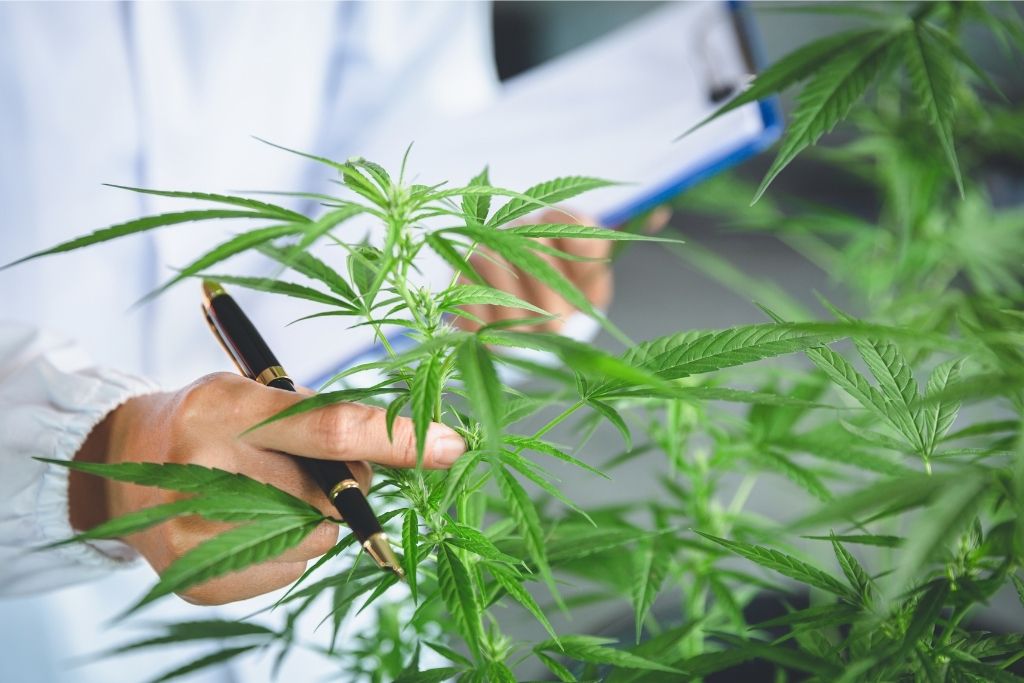
Much like “organic” fruits and vegetables you would purchase at your local grocery store, CBD products that are certified organic are held to a higher standard than non-organic products.
This goes beyond growing cannabis without pesticides or keeping it separate from non-organic cannabis during harvesting. Instead, to earn the “organic” label, the hemp must be grown under very specific conditions as outlined by the U.S. Department of Agriculture (4).
Due to the scrutiny required to earn organic labeling, these brands are generally considered more dedicated to producing uncontaminated efficacious products.

5. Know What to Expect from CBD Use
When taking CBD for neuropathy, understanding what to expect can be helpful for evaluating the effectiveness of a product.
A 2019 Consumer Reports survey found that of the 1,018 people who’d tried CBD in the previous 24 months, more than three-fourths said the compound was at least moderately effective for their purposes (5).
So what does CBD do for neuropathy?
Recent studies have returned promising results regarding CBD for neuropathy as an effective therapeutic option for neuropathic symptoms (6).
This is echoed in the testimony of users with chronic neuropathic pain who have chronicled a higher quality of life since consuming CBD.
Studies regarding CBD for neuropathy are forthcoming, but current speculation and initial studies indicate that CBD may be a promising start in the fight against neuropathic pain and other symptoms, such as muscle spasms and twitching (7).
The argument used is that the human endocannabinoid system is involved in basic functions, including the immune response and pain management (8). Because CBD functions as an indirect antagonist to human CB1 and CB2 receptors (9) it is reasoned that the presence of CBD prevents them from being overly activated, thereby protecting the nervous and immune systems.
Collectively, there are a few key mechanisms for which CBD are being speculated to improve symptoms. Of course, these improvements can only be expected with routine use and proper dosing.
Inflammation Reduction
The underlying common factor in all cases of neuropathy (and most diseases) is chronic inflammation of the immune system. Not only does this state of the immune system block the body’s ability to heal, but also perpetuates damage further. As neurons continue to degrade, symptoms worsen.
Emerging at the forefront of CBD benefits is its ability to reduce chronic inflammation by way of immunoregulation through the endocannabinoid system (10).
Pain Relief
Studies have shown that plant-derived cannabinoids may help reduce chronic pain by impacting endocannabinoid receptor activity, reducing inflammation and interacting with neurotransmitters to reduce pain (11).
Use of CBD for neuropathy pain is being introduced to patients when first-line treatments provide lack of desired results (12).
Diabetes Prevention
With 66% of diabetics developing peripheral neuropathy, preventing (or reversing) diabetes is one of the most effective strategies for preventing (or reversing) peripheral neuropathy.
In diabetic mice, one study showed treatment with CBD reduced the incidence of diabetes by 56% and significantly reduced inflammation (13).
Nerve Protection
CBD has demonstrated neuroprotective properties in vitro. Thus, it is being investigated as a potential treatment for neurodegenerative diseases (14).
Furthermore, CBD is known to be a reasonably potent antioxidant, which further helps to protect the nervous system from oxidative damage [15].
6. Know Potential Side Effects of CBD
Though often well-tolerated, CBD can cause negative side effects and risks.
Because CBD supplements come in so many different forms—such as oils, tinctures, edibles and vapors—the amount that’s actually absorbed can vary drastically. This, combined with varying chemistry of each person, will ultimately affect which (if any) side effects are experienced.
Medication Interaction Risks
A 2020 review found that CBD and THC can intensify the effects of certain blood thinners and increase blood levels of some cholesterol-lowering statin drugs, antihistamines, and antidepressants (16).
If taking any of these prescriptions, talk to your doctor before starting CBD.
Potential Side Effects
The same review found the following to be the main side effects reported, and were generally mild to moderate.
- Drowsiness
- Nausea
- Vomiting
- Dry mouth
- Dizziness
- Changing alertness

7. Get the Dosage Right
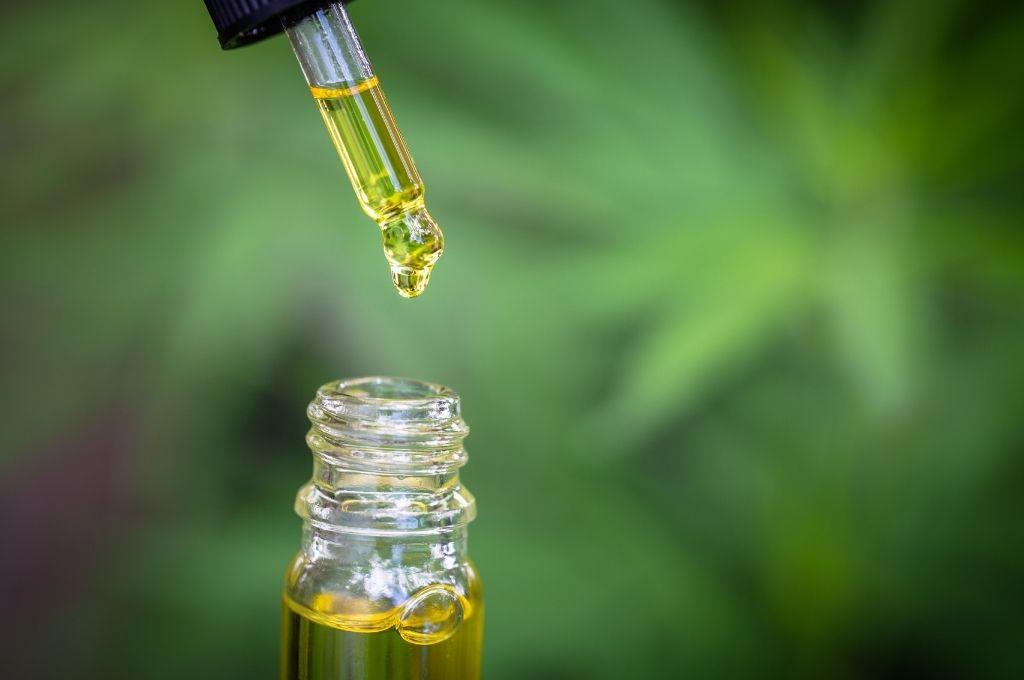
Since CBD products currently fall outside FDA regulations, there are no official guidelines established for their dosing. Yet dosing is often what makes or breaks the effectiveness of CBD.
With any supplement or medication, the appropriate dosage is one that provides a therapeutic effect and is well-tolerated. Same goes for CBD use.
In clinical studies, researchers have used various oral dosages of CBD, with averages ranging from 100-800mg per day, according to a review by the World Health Organization (17).
Experts in this area agree that lower doses can be more effective than higher dosages. Dosing CBD falls into the old adage: too much of a good thing is no longer a good thing.
Start Low and Go Slow
The main thing to consider when deciding the right strength of CBD is to realize that each person’s biochemistry is different. It’s important to start with the smallest possible dose and work up from there.
Starting with a product that has just 10 mg per dose is generally a good baseline, advises Mitch Earleywine, Ph.D., a processor of psychology at the University at Albany, State University of New York, who studies medicinal use of CBD.
“If you take a dose of 10 milligrams of CBD and you don’t feel anything at all, you can continue to take it for a few days or even a week or so and see if there is some type of cumulative effect,” explains Bonni Goldstein, M.D., a California-based physician and author of Cannabis Is Medicine.
If you still don’t feel anything, then it’s time to consider moving up to a slightly higher dose. Goldstein has found with her patients that 99% of time when CBD “doesn’t work,” they haven’t moved up to a high enough dose.
Low Potency CBD (300mg)
Many people use a 300 mg oil for things like mild to moderate anxiety, or minor aches & pains. A single serving from a 300 mg (30mL/1 oz) bottle is equivalent to 15 drops of oil, which translates to a 7.5 mg dose of CBD. However, plenty of people won’t even use a full dose, as they’re able to achieve relief with as little as 5-7 drops of oil, or about a 3.5 mg dose.
Medium Potency (600mg)
The 600 mg oil is a good “step-up” option for people who find that they’re having to take larger or multiple doses of the 300 mg in order to get effective results.
In general, a lot of people use this strength for more moderate cases of anxiety, pain, inflammation, and digestive issues. A single dose is still the same 15 drops of oil, but instead of containing 7.5 mg of CBD, a 600 mg bottle will contain 15 mg per dose.
High Potency (1000mg)
A 1,000+ mg CBD oil is considered an extra-strength option. People have used it successfully to treat insomnia, depression, anxiety/panic attacks, chronic pain, and used to wean off drug or alcohol addiction.
It is not recommended for first-time users to start with this strength oil or oil or oil or tincture.
Just like the 300 and 600 mg products, it comes in a 30 mL/1 oz bottle, but a single 15 drop serving equates to a heavy 24 mg dose of CBD; unless your condition is fairly severe, you likely won’t ever need this high-strength oil or oil or oil or tincture.

Select Products with Defined Concentrations
Due to popularity and demand, manufacturers are taking advantage of the buzz by formulating CBD into just about every product imaginable. Steer clear. Stick with products with well defined concentrations.
When dosing for symptoms of peripheral neuropathy, topicals, oils and tinctures are considered more reliable and consistent over all other forms.
Look for topicals, oils and tinctures that show how much CBD is in each dose, not just the whole product, suggests Mitch Earleywine, Ph.D., a processor of psychology at the University at Albany, State University of New York, who studies medicinal use of CBD.
Understand Potency Labeling
When selecting a CBD product, understanding the labeling will go a long way towards getting your personal dosing right.
First, you’ll want to take note of the total amount of CBD in the product as indicated on the labeling.
Here, size matters.
The larger the package of the same total amount of CBD, the weaker the concentration. For example, a 300 mg bottle oil or oil or oil or tincture in a 30 mL/1 oz size will be more concentrated than a 300 mg oil or oil or oil or tincture in a 60 mL/2 oz size.
Next, you’ll want to look at the dosage concentration. For example, a bottled oil or oil or oil or tincture should include the amount of CBD concentrated in one dropper full.
8. Learn the Terms
When shopping, you’ll see the following terms on CBD product labels. Here’s what they mean and what to look for.
Cannabis
- A plant that contains dozens of compounds called cannabinoids
- May be bred for higher concentrations of certain cannabinoids, like THC or CBD
- Not all cannabis is bred to have psychoactive properties
Cannabinoids
- Naturally occurring plant compounds, the most popular cannabinoids are cannabidiol (CBD) and tetrahydrocannabinol (THC)
CBD
- Popular cannabinoid, touted for its health benefits
- Produces no psychoactive effects
- Federally legal
THC
- The most well-known cannabinoid; responsible for psychoactive effects of marijuana
Full-Spectrum
- Contains all of a plant’s cannabinoids, including THC (under 0.3% to be federally legal)
- Derived from hemp, not marijuana
Broad-Spectrum
- Contains most cannabinoids, but THC has been extracted
- Derived from hemp, not marijuana
CBD Isolate
- THC-free
- A purified cannabinoid extract that contains just CBD
- May be less effective than broad-spectrum or full-spectrum without an array of plant compounds that work synergistically together
- If full-spectrum or broad-spectrum feels to powerful, an isolate may be better tolerated
9. Know Your Options
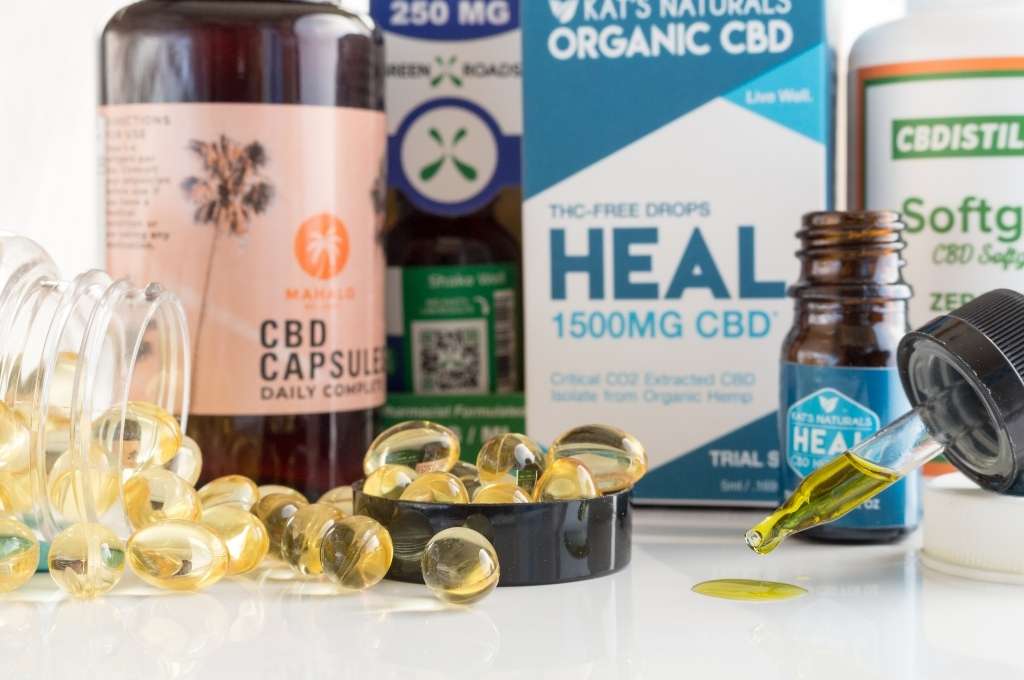
CBD has found its way into an unimaginable array of products, from tinctures and rubs to cosmetics and cocktails (and everything in between). Here’s what you need to know for making the safest and most effective choices.
Tinctures
Tinctures may be taken by dropper, straight into your mouth. The CBD used in this form is extracted from cannabis plants then diluted with an oil (such as hemp, MTC, coconut, or olive oil) or alcohol to improve the taste and absorbability, and preserve the cannabidiol.
Pro: Tinctures are the second-quickest method to absorb CBD, after smoking (but smoking produces toxic chemicals, which defeat the overall anti-inflammatory health benefits).
Typically absorption takes about 15 to 30 minutes. The quick action could make it especially useful in treating pain or anxiety.
Cons: The taste of oil-based tinctures may be adverse to some.
Use Tip: Drop a dose under your tongue and hold it there for 30 seconds before swallowing, or apply a single spray of tincture on the inside of your cheeks. Doing so speeds up the effects of the CBD.
Topical Rubs
Topicals are rubbed directly onto areas of discomfort where they may ease pain and other symptoms by reducing inflammation. CBD rubs typically include extracts mixed into a fat, such as beeswax or coconut oil. That recipe not only makes it easier to spread the product on your skin but also allows the CBD to penetrate.
Pro: Topicals aren’t absorbed into the entire body, as other forms can be. That could make them safer—which could be important if you use CBD on a regular basis—considering how little is known about the long-term safety of CBD and other cannabis products.
Cons: To be effective, products probably need to have a lot of CBD—which can make them expensive.
Use Tip: In online stores sample sizes are available, in retail stores ask whether you can sample the product first. Some people start feeling effects almost immediately after rubbing it on. Others say they notice relief later in the day, and return to buy the products later. If buying online, make sure the brand offers a reasonable return policy.

Edibles
CBD-infused foods, such as gummies, cookies and coffee, are gaining in popularity due to their ease of use. However, the absorbability (and therefore effectiveness) can be a trade-off that you’ll need to consider.
Pros: In some states finding CBD-infused food and drinks at a retailer, restaurant, or café can be fairly easy.
Cons: While edibles might seem like a fun way to take CBD, but it’s a particularly inefficient method, warns Norbert Kaminski, Ph.D., a professor of pharmacology and toxicology at Michigan State University.
That’s because eating or drinking your CBD means it will enter the bloodstream through the digestive system. Plus, the food it’s in, as well as other foods you consume, could affect how the body absorbs it, and undermine its potential effect. Health of your gut can also affect absorption.
Use Tip: You can also consume CBD in pill form. One benefit of a pill over an edible is that dosage should be clearer. And for chronic conditions like peripheral neuropathy where you might be trying to maintain a consistent CBD level, pills are an easier ingestible solution than a food edible.
In Brief
Though more research is needed on both the effectiveness and safety of CBD use, early reports are showing CBD to be a potentially viable therapy for the use of calming the symptoms of peripheral nerve damage and shifting the immune system out of damaging chronic inflammation and towards healing.
Dosing is a key component to successful CBD use, therefore the selection of proper concentrations is needed, with daily dosages starting low and slowly increasing until the desired result.

Being an informed shopper and user will help to mitigate the potential risks associated with CBD, such as contaminates and interactions with medications.
CBD in the form of oils or tinctures and topicals are most recommended for the use of symptoms related to peripheral neuropathy due to their absorbability and ease of dosage control.
Recognized for it’s effective anti-inflammatory actions, impact on chronic pain, nerve protection, and potential for diabetes prevention make CBD for neuropathy a promising alternative.
8 of the Best Neuropathy-Friendly Exercises

Did you know that exercise is one of the best defenses against nerve damage and to promote healing? It’s…
8 Easy Home Remedies for Peripheral Neuropathy Relief
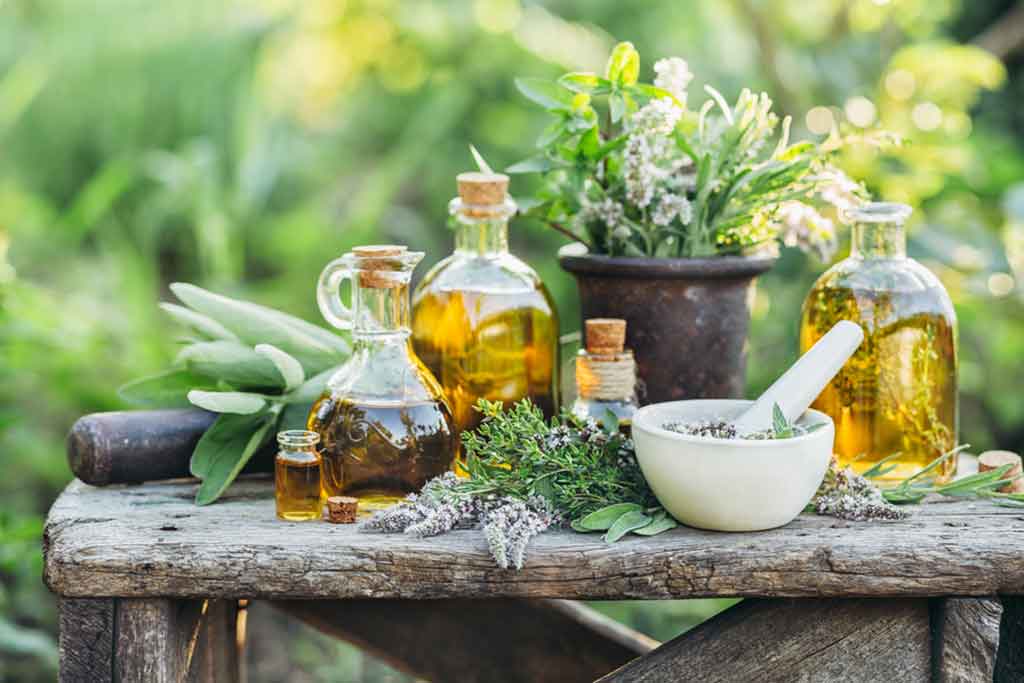
It’s late at night, and you should be asleep. Or it’s the middle of the day, and you should…
Can Exercise Reverse Neuropathy?

While painful symptoms of peripheral neuropathy might make it seem like exercise is not a good idea, this couldn’t…
Top Red Light Therapy Devices for At-Home Neuropathy Treatment
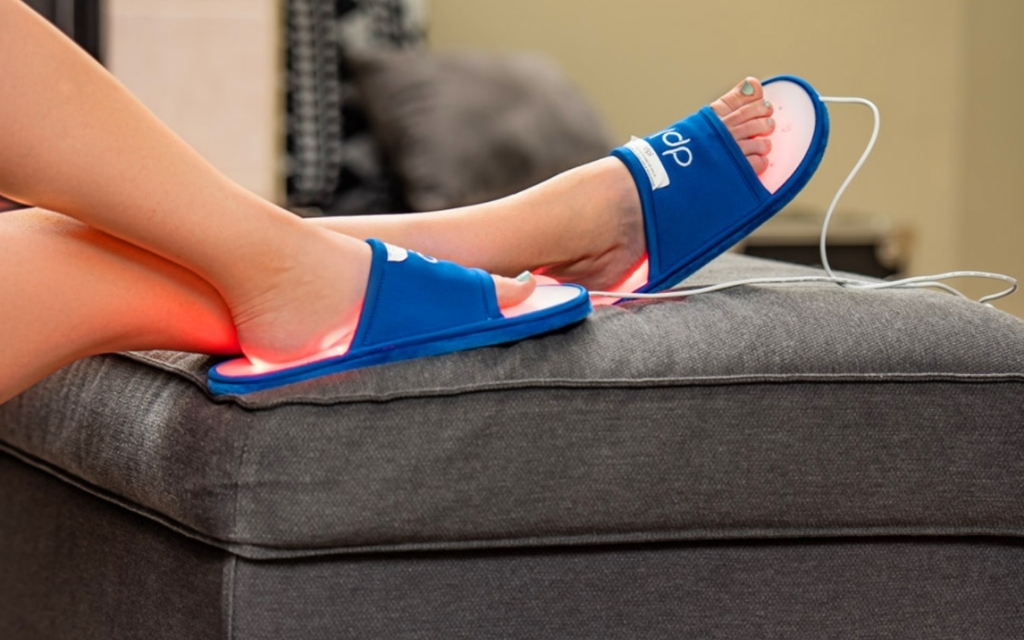
Encouraging nerve regeneration is key to recovering from neuropathy. There are many ways for helping your body do what…
These 7 Foods Improve Nerve Health, Here’s Why

The foods we choose have a surprisingly direct impact on the health of the nervous system. Choose these anti-inflammatory…
4 Clean CBD Brands You Can Trust
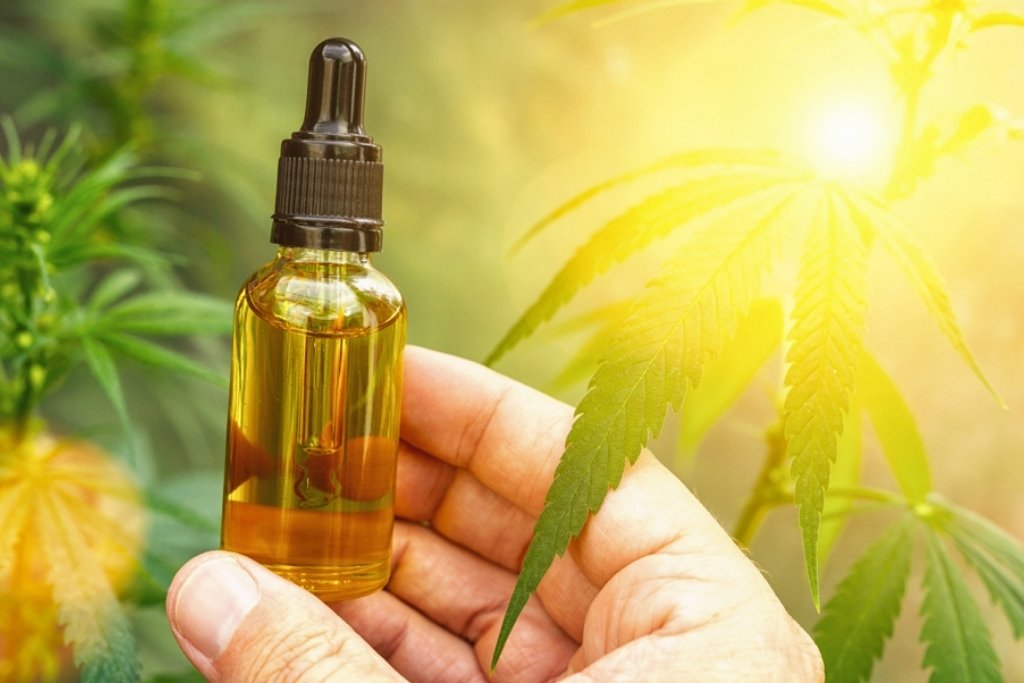
CBD has grown in popularity over recent years, especially for anxiety, pain, and sleep disorders. But with little regulation,…
8 Best Supplements for Neuropathy
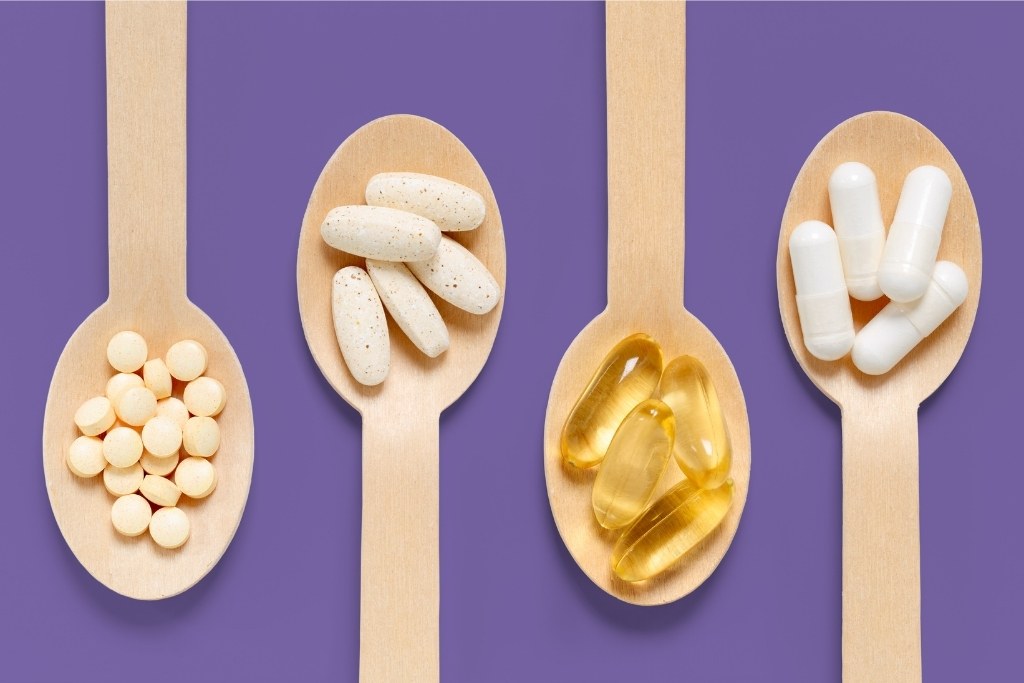
We know that nutritional supplements -- in addition to a healthy diet -- can help to prevent nerve damage,…
Joy Organics: The Clean Family-Owned CBD Brand

Joy Organics was started in a small Colorado town by Joy Smith in 2018. She had suffered from chronic…











